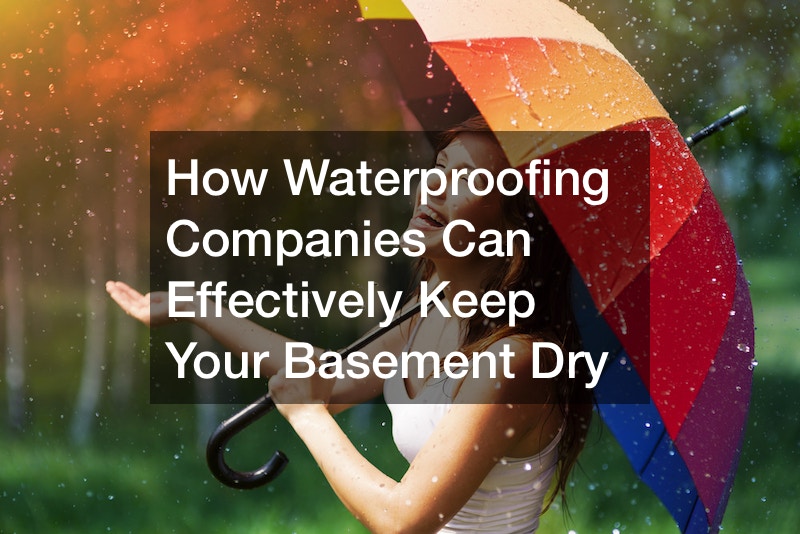
Every spring, if you are a homeowner you will probably fear the same scenario. After a long winter, you go to your basement to check it out only to discover that spring has brought several inches of water.
Full basements are a common problem that every homeowner hates. Full basements tend to be the most water-prone of all three types of foundations: concrete slabs, crawlspaces, and full basements.
There is still the possibility of flooding, even if it doesn’t happen all the time. What causes it? Over time, cracks may appear around the home’s foundation. The soil surrounding the foundation could also become saturated with water. Water will find any crack or hole to get through when the soil around your home’s foundation becomes saturated. Water will enter your basement through the walls. It will soak everything it touches and could cause mold and mildew.
What can you do to avoid basement flooding and expensive repairs? You can waterproof both your basement walls and basement. This can even been done without the help of waterproofing companies. Here are some useful do’s and don’ts.
Find the source: Before you begin this project, you should first find out what is causing the basement to flood. Check for wet streaks on your concrete. Look for cracks. Check around your pipes. Check along the basement walls to see if the leak is coming from outside or inside your home.
Use cement to seal any cracks. You’ll most likely find cracks at the bottom of basement walls. Cold joints form where your foundation is weak, due to pressure and shifts. Hydraulic cement can be used to fill in cracks in your basement. How is that possible? The hydraulic cement contained additives that expanded rapidly and hardened. When it is sprayed with water, the cement becomes a putty-like substance that seals cracks.
Don’t–Go Fast: You waterproof your basement because you want the water to stay out. Don’t rush the waterproofing process. Get rid of any standing water you may have in your basement. Do not work near an electrical outlet. Turn off the power in your basement and use a utility-type pump to drain out all of the water. After you have done these two things, you can move on to the next step. Rushing will get you nowhere, and may result in expensive basement repairs.
Don’t forget to look after your windows. During the waterproofing of your basement, you’re likely to concentrate on the walls and floor and other areas as you try to keep water out. You don’t want your windows to be forgotten. Window wells can be a source of leaks, whether you believe it or not. They retain water easily without a drainage system. Water can pool around windows, and even get in places where it shouldn’t be. You may have to pay or make costly basement repairs if you don’t install one. Caulk can be used to waterproof your windows. You can also dig deeper window wells to better distribute rainwater.
Waterproof the wall interiors. If you have done some detective work, and you found that the basement walls are leaking water, you can seal the walls’ interior with a waterproof sealant, or paint. This will create a strong bond, keeping the water out.
By following the above steps, you can effectively waterproof your cellar, keep it dry, and avoid costly foundation repairs, basement repairs, or any surprises next spring. You can then enjoy your basement without having to call basement waterproofing companies or foundation contractor.